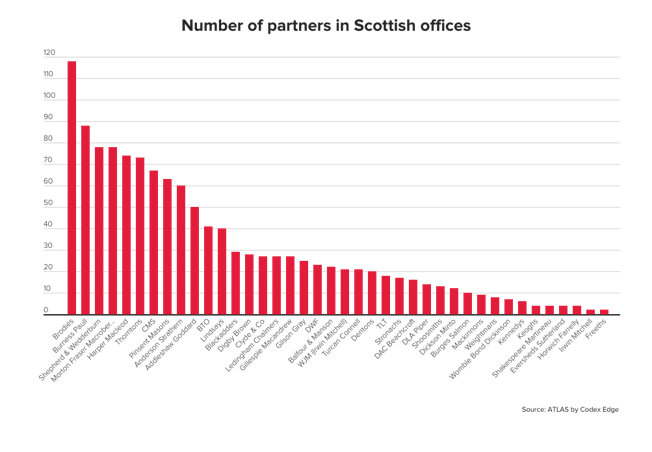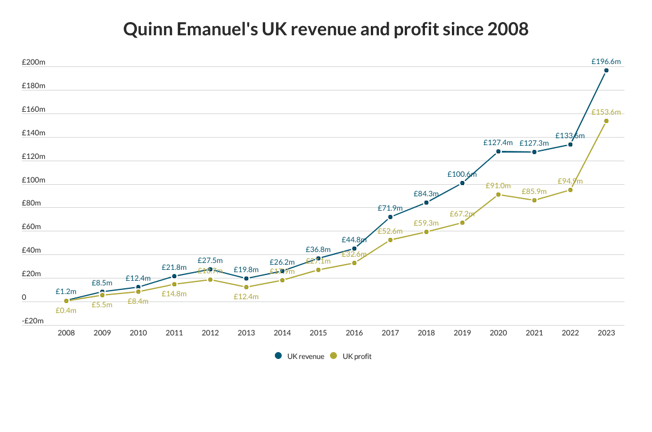Juniors have to work hard to shine in this field. We single out a number of talented barristers who have made a big impression.
Public and administrative law is not a specialism noted for its plethora of talented juniors, simply because of the nature of the work, particularly in the field of judicial review. As one source puts it: “Silks tend to take the limelight, because the work itself is particular court-heavy, as opposed to paper-heavy. This is an area where advocacy is rated particularly highly.”
Because cases in this field are often short, top public and administrative lawyers can end up handling 10 cases a week, meaning “the silk takes the primary role and juniors find it more difficult to shine. The overall picture is one of big personalities in short cases.” But there are still a number of juniors in the leading sets with established and solid reputations, and a healthy crop who are up and coming or on their way to taking silk.
The man of the moment appears to be Michael Fordham of 2 Hare Court. One source says: “Mike is, I would say, the most startling revelation to appear over the last few years. We use him a lot, he is getting referred to by the silks, and there's no question he is seen as a rising star.”
Fordham acted with Lord Lester of Herne Hill QC for Diane Blood in her case against the Human Fertilisation and Embryology Authority and for Friends of the Earth in the Newbury bypass case. He “quite often works as a junior to David Pannick, and as a team they work very well together”. Dinah Rose, also at 2 Hare Court, is highly rated.
At 4-5 Gray's Inn Square, Murray Hunt is “very well thought of. He has an academic background which he brings to bear quite effectively.”
At the same set Helen Mountfield is “well liked with a good reputation”. Cases in which she has been involved include acting for the Law Society in R v Lord Chancellor ex parte the Law Society (Nos 1 & 2) over changes to legal aid; for students in the Bar School entrance procedure cases; for Friends of the Earth in the drinking water standards litigation, R v Secretary of State for the Environment ex parte Friends of the Earth; and for the applicants in Meade Hill v The British Council on indirect discrimination and mobility clauses.
Rabinder Singh, also of 4-5 Gray's Inn Square and secretary to the Administrative Law Bar Association, is “very good”. Cases he has covered include R v Home Secretary ex parte Fayed, in which he was junior to Michael Beloff QC, and R v IRC ex parte Unilever.
Nigel Giffin of 11 King's Bench Walk is regarded as “versatile”. Keir Starmer of Doughty Street Chambers is said to be “a radical with a good reputation”. At the same set Gavin Millar is also singled out for praise. Jennifer Richards of 39 Essex Street is regarded as a rising star.
Judicial review is the main specialisation at 2 Garden Court, where head of chambers Owen Davies is well known for his work on the Pergau Dam and Thorp nuclear reprocessing plant cases.
At the same set, Stephanie Harrison is “very well thought of and respected, especially for her immigration work”.
Others recommended include Jan Luba, also of 2 Garden Court, and Geoffrey Stephenson of 2-3 Gray's Inn Square – especially for planning and local government cases.
Alan Griffiths of One Essex Court, headed by Anthony Grabiner QC, garners a number of mentions. Griffiths acted for Lloyd's in the judicial review challenge to its reconstruction and renewal plan, and for ABI in the Policyholders Protection Act litigation. His clients in the environmental field include British Nuclear Fuels, National Grid, Norweb and Powergen, and he acted for BNFL in the Thorp judicial reviews.
Christopher Katkowski, Nathalie Lieven and Timothy Mould of 4 Breams Buildings rate a mention, as do Stephen Richards of Monckton Chambers, Tim Kerr and Richard McManus of 4-5 Gray's Inn Square, and Gregory Treverton-Jones of Farrar's Building.
Regional juniors doing well include Paul Bleasdale and Ian Dove of 5 Fountain Court, Birmingham, and Graham Machin of Ropewalk Chambers, Nottingham.
























